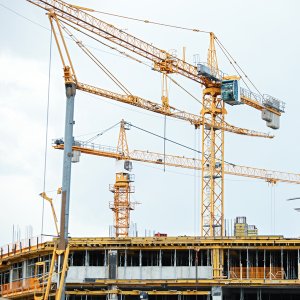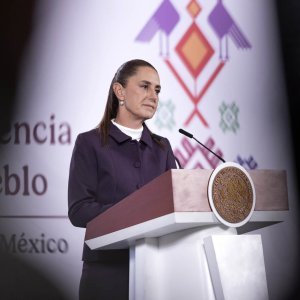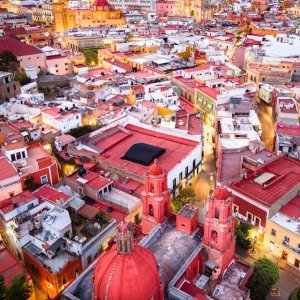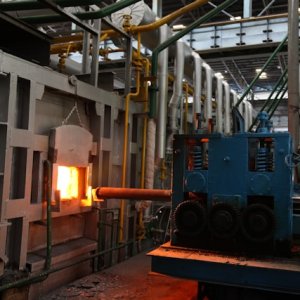Mexico's Developing Green Skyline

STORY INLINE POST
Q: What is your perspective of the industry in Mexico and how much are developers adopting LEED certifications?
A: There is a lot of interest in sustainable construction in Mexico and this has been the case for the last eight to 10 years, with an ever-increasing appetite for green building. We can see a very competitive market emerging for these types of developments. Within this market, developers must constantly offer more innovative products. The first LEED buildings were certified as a result of the developers’ own commitment to environmental stewardship. Objectives and priorities have changed dramatically in the last few years and the trend moves towards a wider range of stakeholders that are interested in green buildings.
The fact that one-third of new buildings are aiming for the LEED certification is an indicator of the interest in sustainability. Ultimately, LEED certifications help a company’s image but the main benefit is that there are tangible cost savings over the building’s lifetime. I am confident that the critical mass of real-estate projects in Mexico will place increasingly more importance on sustainability. It is promising that new buildings are adopting these kinds of certifications, but the true potential for market transformation will come when existing buildings seek to become more sustainable. One of the main elements of sustainable construction is now looking at the bigger picture. At the beginning of the project, the building’s lifecycle as well as the construction materials and processes used must be examined to gauge the level of emissions the building will release over the years. The challenge is in forward thinking, which affects all design aspects. We need to shift paradigms to obtain better results.
Q: To what extent is the land’s use taken into account for LEED certifications?
A: Land use is a controversial topic and there are various prerequisites for environmental stewardship of the location. That also goes hand in hand with regulations for land use in terms of density, verticality, access to transport and the amenities provided within the complex. This space can be greener in the sense that open spaces can be supplied, land can be reclaimed and the area can be used efficiently. Urban planning and mobility are also links in this chain. There are few institutions financing urban mobility projects compared to the numbers working on transport and residential real estate.
Q: How is LEED expanding its requirements to demand more from developers in terms of sustainability?
A: LEED and other international certifications are incorporating broader elements into sustainable cities. LEED is now focusing on a rating system that addresses groups of buildings instead of individual buildings, but on a wider range. In October 2016, it was announced that LEED for cities would be the organization’s priority, along with an increased focus on green retrofits on existing buildings. BEA’s headquarters in Monterrey were the first building in Latin America to achieve LEED Platinum status upon being built in 2011. Not only that, we were re-certified under the LEED v4 program in 2015 and became the fifth building globally to obtain this LEED version’s Platinum level, meaning our headquarters was the first building in Mexico and Latin America to obtain a double LEED Platinum certification. We were also in charge of the LEED certification process for the HSBC tower in Mexico City, which went on to become the first new building to earn a LEED Gold certification in Latin America.
Every project registered with the LEED program includes access to the LEED Arc platform. This program can measure a building’s real-time performance and if the operators do not continually adhere to the standards required to be certified as Platinum, they can wake up one morning and have their ratings dropped. Arc Platform is connected to the Building Management System (BMS) so the data is taken directly from the building’s monitoring and control systems. This tool simplifies the recertification process, which was previously more difficult, demanding and costly.























